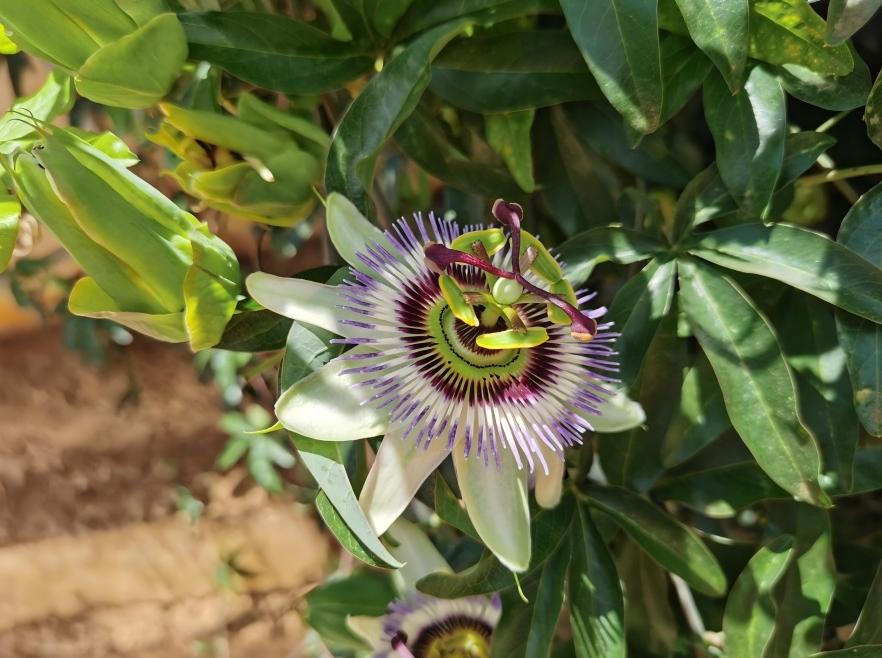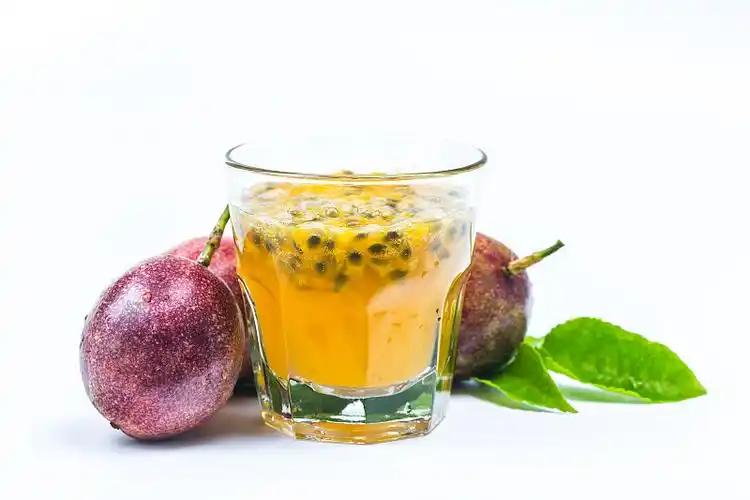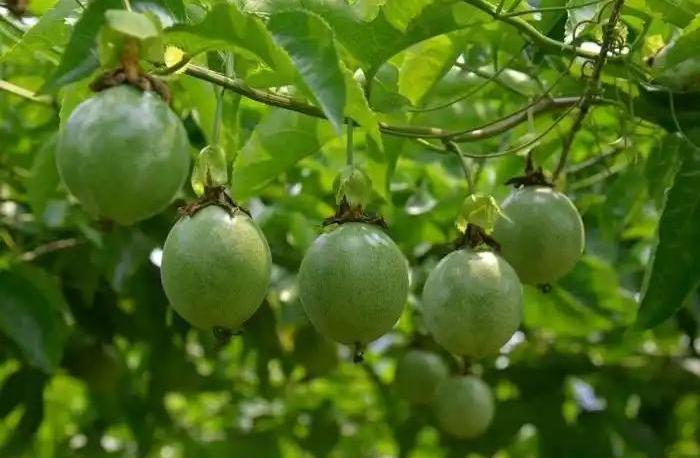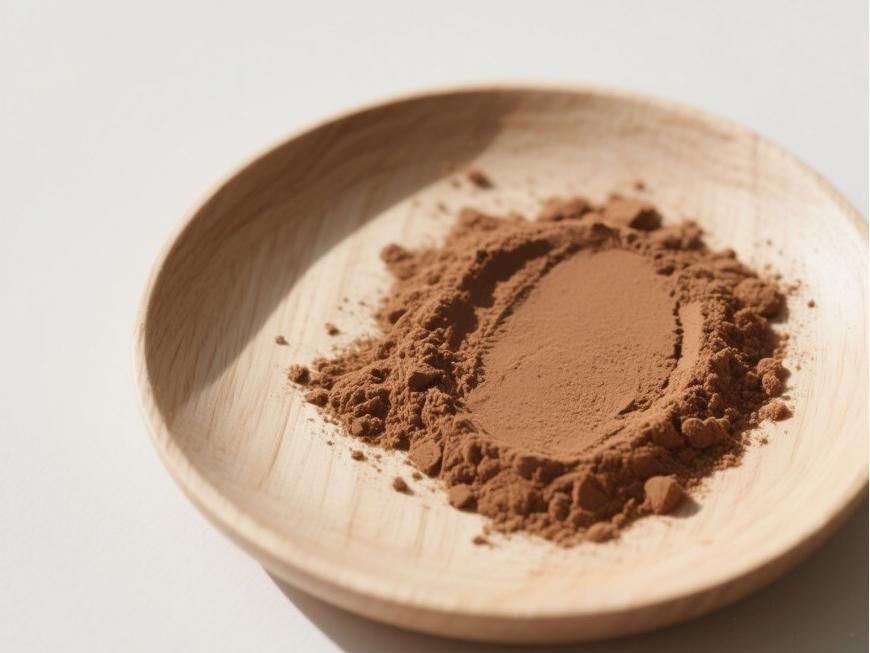Passionflower Extract for Your Emotional Wellness Product Formulation
today&で#39;s fast-paced lifestyle, stress management, sleep support, and emotional balance have become key health priorities for modern consumers, driving rapid growth in the emotional wellness product market. Compared to traditional synthetic ingredients, natural botanical materials are emerging as the mainstream direction for product innovation due to their safety, mildness, high consumer acceptance, and “clean label” attributes.
Passionflower extract is emerging as a highly regarded natural ingredient in the emotional wellness sector. Rich in phenolic and flavonoid active compounds, research confirms its ability to support emotional equilibrium and relaxation through multiple mechanisms, including nervous system regulation and stress response mitigation. This provides modern consumers with safe, gentle health support, perfectly aligning with market demands for natural, secure, and effective solutions.
グリーン春 Technology leverages advanced extraction processes and stringent quality control systems to deliver premium passionflower extracts with these core advantages:
・High bioactive content: Utilizes low-temperature extraction and targeted enrichment technology to maximize preservation of calming compounds like flavonoid glycosides, ensuring consistent efficacy;
・ Full Traceability: Comprehensive quality control from cultivation to finished products ensures transparent sourcing and consistent batches, supporting product compliance and brand credibility;
・Mature Application Support: Technical assistance including ingredient formulation and dosage form adaptation for diverse emotional wellness products like gummies, solid beverages, teas, and capsules;
· Natural Safety Assurance: Passionflower extract's natural origin and transparent composition align with clean label trends, meeting consumer demand for “natural, safe, and effective” emotional management solutions.
Green Spring Technology's passionflower extract provides a scientific, reliable natural ingredient solution for emotional wellness product innovation, empowering brands to seize opportunities in the growing wellness market.

1. Comprehensive Analysis of Passionflower Extract: Five Key Active Components Empowering Health Product Innovation
Passionflower extract is an excellent source of natural phenolic compounds, typically exceeding 1000 μg GAE/g in total phenolic content. Rich in multiple highly active components, it holds broad application value in functional foods, health supplements, and beverages.
1.1 Flavonoids and Glycosides: Stable Functional Components
Flavonoids and glycosides in passionflower extract primarily include luteolin (isoleucon, leucon), apigenin (isoleucon, leuco), and populin glycosides. These components predominantly exist as carbon glycosides with high chemical stability, maintaining good activity during processing and storage. Characteristic compounds like isoleucopyrone and leucopyrone serve as standard indicators for evaluating raw material quality. Suitable for developing functional products targeting antioxidant effects and emotional health, they are widely used in solid beverages, dietary supplements, and other applications.
1.2 Flavonols: High Bioavailability Antioxidants
Flavonol components in passionflower extract are primarily quercetin (including glycosides like rutin) and kaempferol derivatives, exhibiting excellent water solubility and bioavailability. Rutin (quercetin-3-O-rutinoside) is significantly present in purple passionflower, while kaempferol-3-O-glucoside is abundant in yellow passionflower. As natural antioxidants, these components find broad application in health foods, solid beverages, and other sectors, meeting formulation requirements for clean-label products.
1.3 Dihydroflavonoids: Stable Bioactive Factors
Dihydroflavonoids in passionflower extracts include naringin (naringin glycoside) and hesperidin (hesperidin glycoside, neohesperidin glycoside). These components are stably present in passionflower with excellent bioactivity. Their stable nature facilitates easy application in various food and health supplement systems, making them ideal functional ingredients for beverages, dietary supplements, and functional foods.
1.4 Anthocyanins: Natural Pigments and Functional Components
Passionflower (especially purple-fruited varieties) rinds are rich in anthocyanin compounds, primarily including cyanidin-3-O-glucoside, cyanidin-3-O-rutinoside, paeoniflorin-3-O-glucoside, and pelargonidin-3-O-glucoside. These compounds not only provide vibrant, stable natural purple-red hues as alternatives to synthetic dyes but also exhibit antioxidant and other bioactivities. Their excellent water solubility and natural origin make them highly suitable for beverages, jams, candies, dairy products, and dietary supplements.
1.5 Flavanols: High-Efficiency Antioxidant Components
Flavanol components in passionflower extract include (+)-catechin, (-)-epicatechin, epigallocatechin, and epigallocatechin gallate (EGCG). These naturally stable, easily absorbed compounds exhibit potent antioxidant activity, making them widely applicable as functional ingredients in health products like functional beverages, sports nutrition foods, and dietary supplements.
2 Passionflower Extract: Diverse Bioactivities Empowering Health Product Innovation
Passionflower extract, with its rich phenolic compounds, demonstrates exceptional multifaceted bioactivity, making it a highly regarded natural ingredient in the wellness sector. Its diverse active components—including flavonoids, flavanols, and anthocyanins—offer comprehensive solutions for innovation in food, health supplements, personal care, and household products through scientifically validated synergistic mechanisms.
2.1 Antioxidant Activity: Multi-Pathway Synergy
作用機構
Passionflower extract effectively scavenges ABTS⁺・ radicals and oxygen free radicals through the synergistic action of multiple components including polyphenols, flavonoids, and carotenoids. Research indicates its antioxidant capacity correlates positively with total phenolic and total flavonoid content, with sweet passionflower exhibiting particularly outstanding performance. Purified anthocyanins demonstrate antioxidant activity surpassing even vitamin C, revealing exceptional antioxidant potential.
Application Scenarios
· Sports Nutrition: Added to sports drinks, energy bars, and protein powders to effectively mitigate oxidative stress and support post-workout recovery
· Health Beverages: Incorporated into juices, teas, and functional waters to delay oxidation and extend shelf life
· Skincare Products: Used as a natural antioxidant in serums and creams to help defend against environmental oxidative damage
· Functional Foods: Used in cereal snacks, nutritional meal replacements, and similar products to enhance antioxidant properties.
2.2 Soothing Function: Gentle, Natural Support for Health
作用機構
Flavonoids in passionflower extract exert soothing effects by regulating cellular signaling pathways. Luteolin and its glycosides, along with apigenin and other apigenin glycosides, help maintain bodily equilibrium and promote healthy states.
Application Scenarios
· Oral Care: Suitable for toothpaste, mouthwash, and similar products to maintain oral health
· Soothing Beverages: Added to teas and functional drinks to provide a gentle calming experience
· Skincare Products: Used in serums, lotions, and other formulations, particularly suitable for sensitive skin
2.3 Antimicrobial Properties: Natural Microbial Management
作用機構
Flavonoids in passionflower extract deliver gentle yet effective microbial management through synergistic effects. Combined use of components like luteolin, quercetin, and apigenin enhances antimicrobial activity.
Application Scenarios
· Oral Care: Used in toothpaste, mouthwash, and similar products to maintain oral microbial balance
· Personal hygiene: Added to facial cleansers, body washes, handmade soaps, etc.
· Home cleaning: Used as a natural ingredient in surface cleaners and detergents
· Cosmetics: Serves as an auxiliary component in preservative systems

2.4 Emotional Well-being: Natural Relaxation and Sleep Support
作用機構
Specific flavonoids in passionflower extract exert positive effects by regulating the nervous system. Compounds like luteolin glycosides and omegrin derivatives help promote relaxation and support emotional equilibrium.
Application Scenarios
· Sleep Support: Suitable for sleep gummies, sleep-aid powders, and similar products
· Relaxation Beverages: Added to calming teas and herbal drinks
· Mood-Supporting Foods: Used in relaxation snacks and functional candies
Comprehensive Advantages and Prospects
Passionflower extract offers four core advantages: multifaceted bioactivity, natural safety, broad applicability, and synergistic effects. It is currently widely used in sports nutrition, functional foods, personal care products, and household items, providing a natural, safe, and effective ingredient option for product innovation. With growing consumer demand for natural health products, passionflower extract holds vast development potential in the wellness sector.
3 Science Empowering the Future: Passionflower Extract's Development and Outlook in Emotional Health
As a premium source of natural plant polyphenols, passionflower extract demonstrates significant potential in emotional wellness. Existing research confirms that its active components, including flavonoid glycosides, exert positive effects by regulating the nervous system to soothe emotions and promote relaxation. This makes it a natural, safe raw material choice for innovative products like sleep gummies, calming beverages, and emotional wellness foods.
While current research has revealed the efficacy of passionflower extract in emotional support, further exploration is needed into its specific mechanisms of action and the structure-activity relationships of its components. Future studies will focus on establishing more scientific methods for detecting active ingredients, deepening compound separation and purification efforts, and enhancing the high-value utilization of byproducts like fruit peel and stems/leaves. This will provide robust support for developing more effective and stable emotional wellness products.

As a passionflower extract supplier, Green Spring Technology is committed to delivering the following value to clients:
· Standardized Raw Materials: Providing passionflower extracts with stable active components and consistent batch-to-batch quality
· Technical Support: Offering application solutions and formulation optimization recommendations
· Full-chain assurance: Comprehensive quality control from cultivation to extraction ensures safe and reliable raw materials
· Customized services: Extract products tailored to client specifications
With growing consumer demand for natural wellness products, passionflower extract is poised to become a key functional ingredient in emotional health, injecting fresh vitality into product innovation.
For samples and technical support, contact us at helen@greenspringbio.com or WhatsApp: +86 13649243917 today. Let us provide you with premium passionflower extract raw materials and customized solutions!
参照
[1] PEREIRA A D , CORREA R X , OLIVEIRA A C. Molecular g enetic diversity and differentiation of po p ula- tions of ' somnus ' p assion fruit trees (Passiflora setacea DC) : Implications for conservation and p re- breeding[J] . Implications for conservation and p re- breeding[J] . Biochemical Systematics and Ecology , 2015 , 59 :12-21.
[2] ZHOU Yu-Juan, TAN Feng, DENG Jun. Research progress of Passiflora[J] . Chinese Journal of Traditional Chinese Medicine , 2008 , 33(15) :1789-1793.
[3] ZENG Shaozai, PENG Bin, CHEN Jie, et al. Response surface methodology for optimizing the extraction process of anthocyanosides from passion flower pericarp[J] . Journal of Chinese Food Science, 2014 , 14(1) : 104-113.
[4] HUANG Xi, HUANG Qiong, LUO Runan, et al. Seasonal variation patterns of passion flower flavor and major sugar-acid contents[J] . Journal of South China Agricultural University, 2003 , 24(4):84-87.
[5] CHENG Wentao, YUAN Qifeng, XIAO Tushan, et al. Progress of research on bioactive components and physiological functions of passion fruit [J]. Food Industry Technology, 2018 (16) :346-351.
[6] Deng Boyi, Shin Hyun-il, Deng Yuchuan. Comparative analysis of the nutrient composition of Hainan passion fruit, lotus fog and jujube [J]. Food Industry Technology, 2013 , 34(12) : 335-338.
[7] HE Jie, MO Renfu, LAO Shubing, et al. Analysis of amino acid composition in purple passion fruit and other five fruits[J] . Food Industry Technology, 2018 , 39(6) :298-300.
-
Prev
Passion Fruit: Flavor and Nutrition Driving Innovation in Food and Beverage Formulations
-
次
Green Spring Technology's Fully Traceable Passion Fruit Ingredient Solution for the Entire Industry Chain


 英語
英語 フランス
フランス スペイン
スペイン ロシア
ロシア 韓国
韓国 日本
日本




